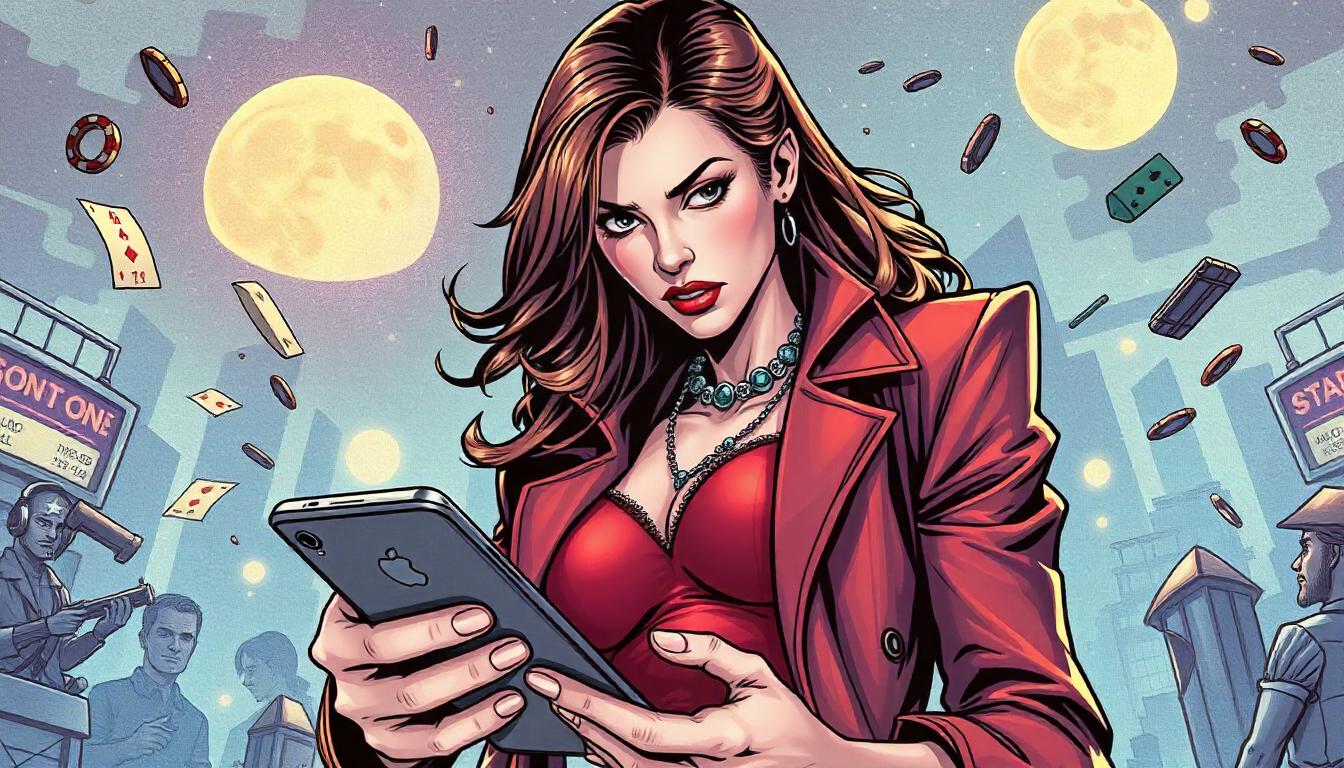
The video gaming industry has experienced unprecedented growth over the past few decades, becoming a global powerhouse with a market size expected to reach $314 billion by 2026. From mobile gaming to console-based titles, the industry is not only about entertainment but also a thriving business sector. However, with increased competition, game developers and publishers face the challenge of standing out in a fragmented market. Hence, applying effective marketing strategies is a pivotal requisite to focus on innovative approaches that help gaming ventures to capture audience attention, build loyal communities, and drive long-term engagement. Below are some of the mainstream marketing strategies we identify as the best to take your game to the next level!
Know Your Audience
This the foundation for any business, be it for a video game or a traditional brick-and-mortar model, understanding the target audience you serve is the prime marketing strategy. In the gaming industry, this is particularly important as gamers come from diverse backgrounds, ages, and preferences. Hence, segregating your gaming audience into main segments is essential. These segments could be the Casual Gamers who are the individuals that play games occasionally on mobile or social platforms for short periods. They are often less engaged with the gaming culture but enjoy entertainment value. Hardcore Gamers who spend a significant amount of time gaming being involved in competitive or strategy-based games on PCs or consoles such as Play Station (PS) addicts. eSports Enthusiasts are the growing segment that follow professional gaming tournaments and competitions, often participating in competitive gaming themselves. Retro Gamers are the nostalgic players who prefer older games or remakes of classic vibrance.
Last but not the least, the Mobile Gamers include a significant segment that engage playing mobile based games on their smartphones especially while commuting in traffic. They tend to use free-to-play game models. Identification of the primary audience allows companies to craft a tailored marketing strategy that resonate with their audience preferences, by engaging either through storytelling, gameplay mechanics, or promotional platforms.
Leverage on Influencer Marketing

The gaming business has witnessed a significant surge in popularity of influencer marketing. Gamers typically rely on trusted voices like YouTube streamers, Twitch broadcasters, and gaming blogs for recommendations and reviews. Such partnerships formed with influencers allow game developers to reach a niche audience where influencers have a loyal fan base, providing access to highly targeted segments of the gaming population. For example, a role-playing game (RPG) developer can collaborate with streamers who specialize in RPG content to generate interest among the right audience. Also generate authentic content through influencers who provide unbiased reviews or gameplay videos, making the marketing message feel more organic and credible than making it sound more paid boost.
Game developers also could drive engagement by engaging influencers in live streaming, allowing followers to ask questions, share feedback, or interact with the content in real-time. This interaction builds community and loyalty around a game. For a successful influencer campaign, it is essential to work with influencers whose audiences align with the game’s target market and who genuinely enjoy the game. Forced or paid promotions that feel inauthentic can have the opposite effect. Pre-analysis of the influencer is pivotal prior to selecting a suitable candidate to promote the business.
Maximum utilization of Social Media
Social media sites are essential for advertising games and creating online communities. Gaming firms can communicate with their consumers directly through channels like Twitter, Facebook, Instagram, TikTok, and Reddit. They can also post updates and generate buzz about upcoming releases or events. In managing the social media strategy consistency is key as regular updates about game development, feature releases, patch notes, and community engagement keep audiences involved and excited about the game. Leveraging visual content through videos, GIFs, and images is highly effective for conveying the look and feel of a game. Trailers, sneak peeks of gameplay, and behind-the-scenes content can help generate excitement. Use of paid ads as social media platforms allows for targeted advertising by selecting the audience. For instance, Facebook ads can be highly customized to reach potential players based on demographics, interests, and previous gaming behavior. Hence, it allows to target the suitable preference of the audience. Simultaneously, one of the key features of using social media is that it paves the way for many user-generated content (UGC) that foster community. As gamers love sharing their experiences, fan art, and in-game achievements. Showcasing this content on official game pages not only promotes engagement but also builds a sense of ownership among players.
Pre-Launch Campaigns
The pre-launch phase of any project is a critical stage in creating the hype and anticipation for the upcoming launch. However, running a beta test or an early access campaign for a new game ensures the successive rate of the new game that allows the gaming community to try out the game before its official release. As this builds excitement amongst the community, developers are also able to obtain valuable feedback from the player which allows to further fine-tune the game prior to the launch. Hence, a few of the pre-launch marketing tactics that could be considered are publishing teaser trailers and cinematics which could be relatively short yet visually stunning videos that give a sneak peek into the game without revealing too much. This entices viewers to develop a greater need to try the game. Teasers are meant to build curiosity and encourage players to follow updates. Offering early access to a limited number of players or also known as Closed beta testing creates a sense of exclusivity, helping to generate word-of-mouth promotion. As gaming is a wider community, such tactics allow players to share their experiences which created the buzz among others who want to get involved with the new game. Opening the game for pre-orders such as early-bird offers with bonus content, such as in-game currency, skins, or exclusive characters, incentivizes players to commit before the official release. One of the core requisites of mobile games is optimizing for app Stores (both Google Play and Apple App Store). Such optimization also known as App Store Optimization (ASO) helps improve a game’s visibility and rank in searches, leading to more organic downloads as it allows keyword optimization, high-quality visuals and positive reviews.
Engage with eSports and Competitive Gaming
eSports is a rapidly growing market within the gaming industry that attracts diverse investments reaching a global revenue that is expected to reach $1.62 billion by 2024. Many popular titles, such as “League of Legends,” “Fortnite,” and “Call of Duty,” have gained prominence due to their competitive scenes. Engaging with eSports through sponsorships, tournaments, or partnerships can significantly elevate a game’s profile as it cross-promotes the new game in more established and highly populated platforms. This could be executed through diverse ways such as sponsoring eSports Teams which allows game publishers to be exposed to a global audience. Hosting tournaments also allows new and smaller games to recognize and reward their incumbent players for their achievements. Furthermore, collaboration with eSports platforms such as PUBG mobile, YouTube Gaming, Twitch, Facebook Gameroom, Toornament, Epulze etc provides access to vast audiences of competitive gamers.
Community Engagement
The gaming industry is driven with the level of community engagement. Hence, building and nurturing a community is an ongoing marketing effort that extends well beyond the launch of a game. This could be made possible by creating forums or even discord servers that allow players to discuss the game, share tips, and connect with other fans. These platforms also serve as valuable spaces for developers to gather feedback and address player concerns. Hosting developer Q&A sessions allows the players to create a close connection with developers. Furthermore, in-game events and updates allow to constantly update the community on seasonal events or special promotions to maintain player momentum.
All in all, the gaming industry needs marketing techniques that are flexible, player-focused, and responsive to the always-shifting terrain. Gaming companies can differentiate themselves in a competitive industry by knowing their target audience, utilizing influencers, interacting on social media, optimizing for app stores, and building strong community ties. The secret to success for any game, independent or AAA, is to create compelling and real-world experiences that players will enjoy both inside and outside of the game.




